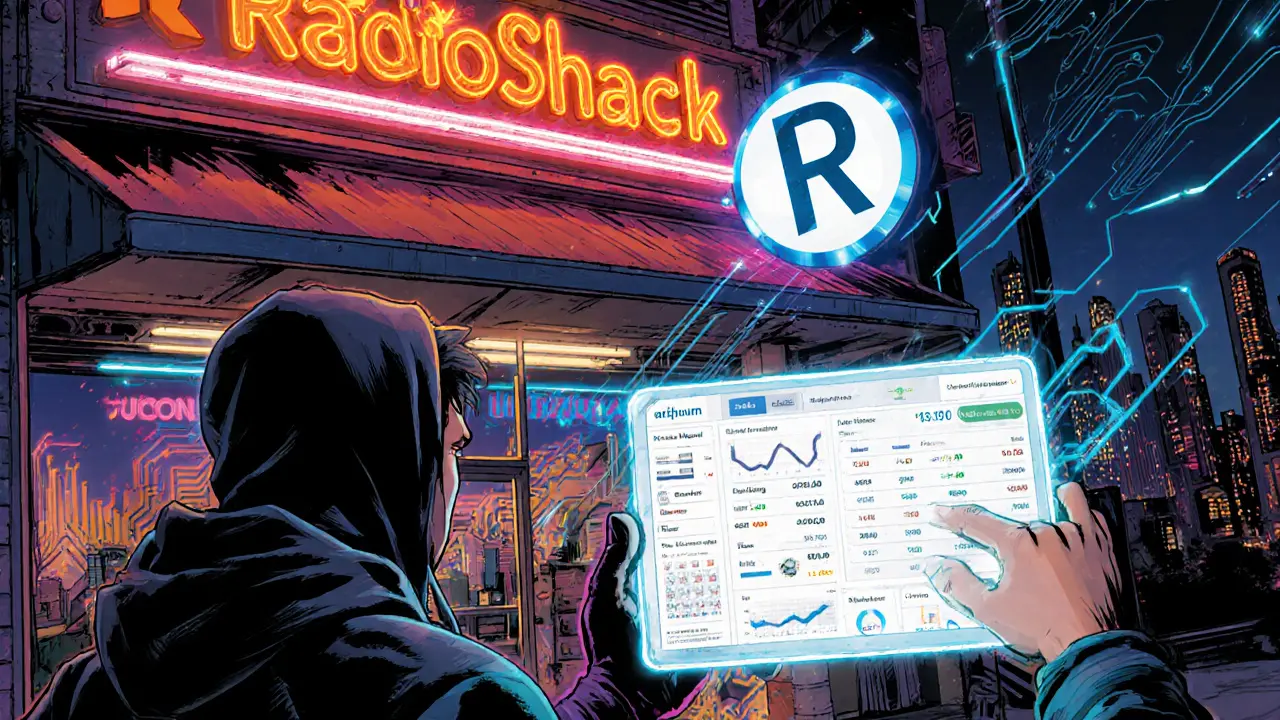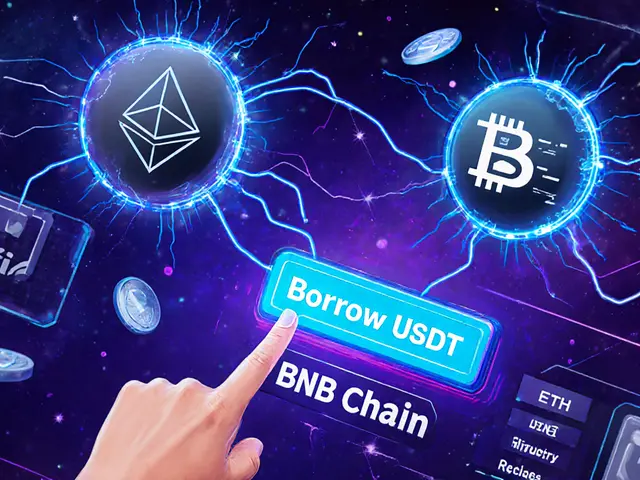Crypto Fees – Understanding Costs Across Exchanges and Blockchains
When dealing with crypto fees, the charges you pay whenever you move, swap or trade digital assets. Also known as digital asset fees, they can differ dramatically based on the platform, network congestion, and transaction type.
One major sub‑category is exchange fees, the costs an exchange levies for deposits, withdrawals, and trade execution. These fees are usually expressed as a percentage of trade volume or a flat rate per transaction. Another key player is blockchain gas fees, the network‑level charge miners or validators receive for confirming a transaction. Gas fees rise when a blockchain is busy, and they drop when traffic eases. Together, crypto fees influence profitability, affect order‑size decisions, and can even dictate which assets are worth trading on a given day.
Understanding the attributes of these fees helps you avoid nasty surprises. Exchange fees often have tiers – high‑volume traders enjoy lower percentages, while occasional users face higher rates. Some platforms also offer fee‑rebate tokens that reduce costs for loyal users. Gas fees, on the other hand, depend on factors such as transaction complexity, priority level, and the underlying consensus mechanism. For example, Ethereum’s gas price is measured in gwei, while Bitcoin uses satoshis per byte. Knowing these values lets you schedule trades during off‑peak hours or choose cheaper layer‑2 solutions. Finally, regulatory compliance fees are emerging as a new entity; they add a small flat charge to meet anti‑money‑laundering (AML) and know‑your‑customer (KYC) requirements.
With these basics covered, you’re ready to dive into the detailed guides below. They break down specific exchange fee structures, compare gas costs across popular blockchains, and show you how to calculate the true cost of each trade. Grab the insights you need to keep more of your profits and make smarter trading choices.

A thorough 2025 review of the RadioShack crypto exchange on Arbitrum, covering fees, security, liquidity, user experience, and whether it's worth trading.
Continue Reading





